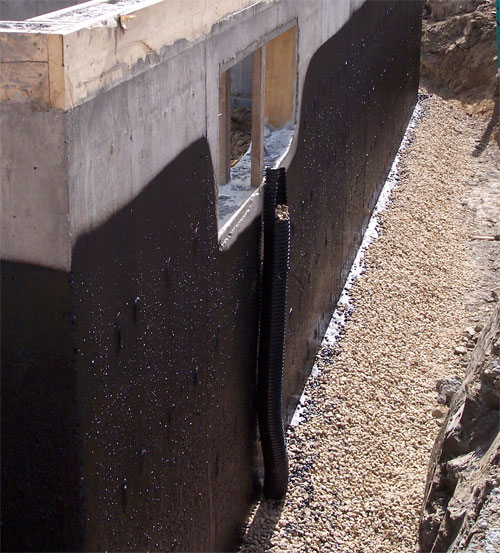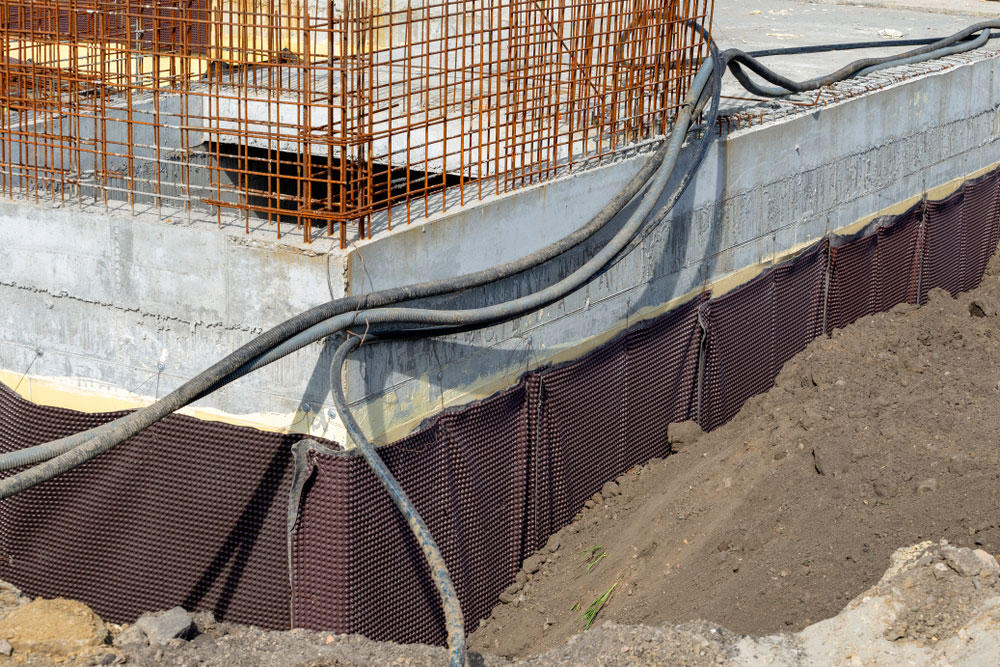How Do You Know if Your Tile is Weeping?
Weeping tile may sound like a sad state but, the truth is, you want your weeping tile to weep.
Weeping tile may sound like a sad state but, the truth is, you want your weeping tile to weep. Weeping tile is an integral part of your home’s structure and is important in ensuring that your basement stays dry and your foundation maintains a crack-free form.
Once you know what weeping tile is, where to find it and whether or not your home has it, you can easily verify if it is working and keep it well maintained.
What is Weeping Tile?
Weeping tile consists of 6 inch pipes with several small holes that discharge underground water from around the perimeter of your home or from your basement.
Does My Home Have Weeping Tile?
Most homes built prior to the 1960’s do not have a weeping tile drainage system. Before the 1980’s, these systems were made of clay-based materials.
To find out if your home has weeping tile, look in the catch basin (basement floor drain) or sump pump pit. If you have a weeping tile drainage system, you will see a series of 6 inch pipes coming from different directions under the floor.
In older homes, you may see a piping system with larger pipes. These are not weeping tile; these older style drainage systems drain water from the eaves of the house directly to the basement.
How to Tell if Your Weeping Tile is Plugged

Sometimes the weeping tile of your home can become plugged and cause issues such as foundation cracks, water leaks and mold.
Here are some signs you can look for that may indicate a plugged weeping tile system:
- Cracks in the foundation.
Check the foundation in your basement or crawlspace for horizontal, vertical or diagonal cracks. These cracks could be as thin as a hairline crack or larger. The force of water pooling against the foundation can cause it to crack.
Do a visual check of your basement or crawlspace for small areas of dampness or pools of water. Look closely around windows and on the floor.
- Unusual odors.
If you notice a musty of damp smell in your basement or crawlspace, there could be mold or mildew caused by moisture. Pay close attention to joists, walls and flooring. Signs of mold and mildew include stained or peeling drywall, paint or paneling as well as lifted flooring.
- Empty sump pump pit.
There should always be some water at the bottom of your sump pump pit. If your pit is not filling with water, this is a sign that the weeping tile is plugged.
- Pooling water around exterior.
Next time it rains, check the outside perimeter of your home. Look for pools of water on the soil around the house.
Testing Your Weeping Tile Drainage System
You can test the efficiency of your weeping tile by running a garden hose near the exterior foundation wall or window well, turning it on and letting it run. Make sure the water is not running directly against the house.
Watch your sump pump pit. If the weeping tile is working, water should be carried by the weeping tile to the sump pump pit.
Weeping Tile Maintenance
There are maintenance steps you can take to ensure that your weeping tile works properly:
- Keep your gutters clear of leaves and debris and redirect the spouts away from your home.
- Clean out window wells and consider covering them to keep water out completely.
- Maintain proper operation of your sump pump.
- Keep sinks and toilets free of clogs.
You can also clean out your weeping tile:
- Wedge a large plunger into the sewer floor drain in your basement or crawlspace.
- Connect a garden hose to an indoor faucet and fill the catch basin and weeping tile with water and liquid soap (any dish soap works). Be sure not to overflow.
- Leave for 30 minutes.
- Pull out the plunger.
- Repeat several times.
- Rinse out the soap residue.
Weeping Tile Repair and Replacement
A weeping tile drainage system can be repaired or replaced if damaged. If you own an older home, weeping tile can be installed if it doesn’t currently exist.
Cost depends entirely on the age of the home, the depth of the excavation and the types of soil surrounding the weeping tile.
If you are looking to have work done on your weeping tiles, or having a drainage system installed, it is recommended you contact a specialist to evaluate your weeping tile needs.



Comments are closed.